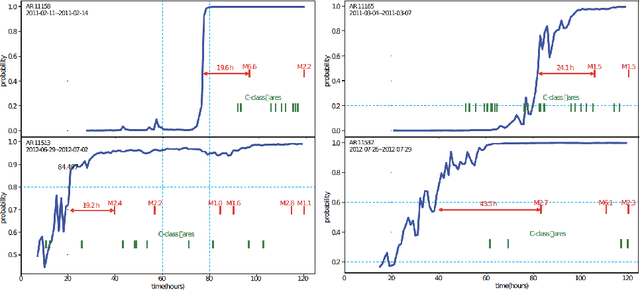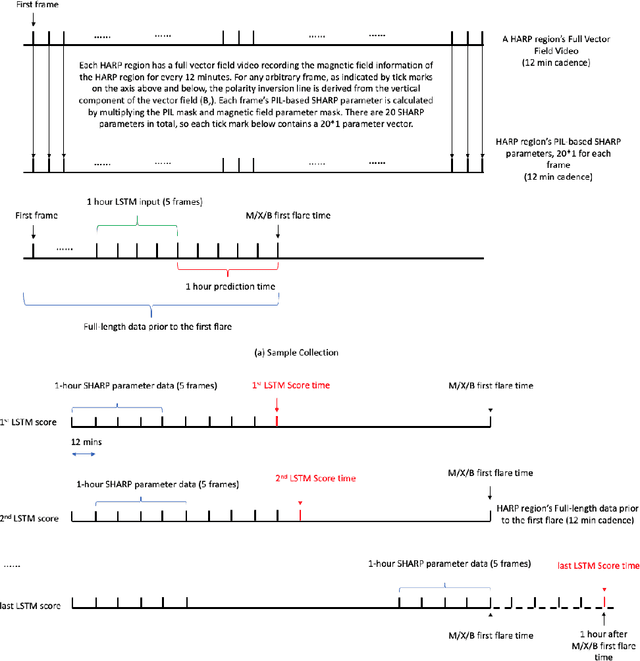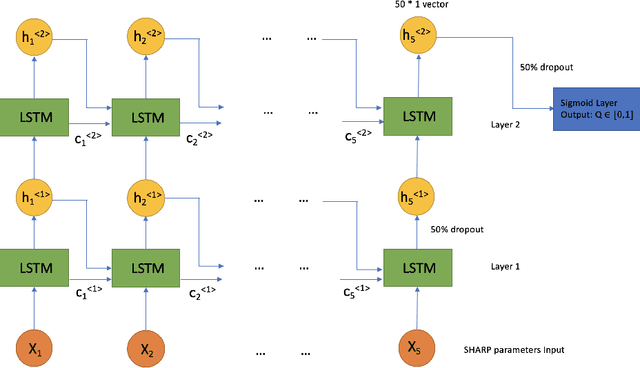Zhenbang Jiao
Department of Statistics, University of Michigan, Ann Arbor
Modifying Final Splits of Classification Tree for Fine-tuning Subpopulation Target in Policy Making
Feb 20, 2025Abstract:Policymakers often use Classification and Regression Trees (CART) to partition populations based on binary outcomes and target subpopulations whose probability of the binary event exceeds a threshold. However, classic CART and knowledge distillation method whose student model is a CART (referred to as KD-CART) do not minimize the misclassification risk associated with classifying the latent probabilities of these binary events. To reduce the misclassification risk, we propose two methods, Penalized Final Split (PFS) and Maximizing Distance Final Split (MDFS). PFS incorporates a tunable penalty into the standard CART splitting criterion function. MDFS maximizes a weighted sum of distances between node means and the threshold. It can point-identify the optimal split under the unique intersect latent probability assumption. In addition, we develop theoretical result for MDFS splitting rule estimation, which has zero asymptotic risk. Through extensive simulation studies, we demonstrate that these methods predominately outperform classic CART and KD-CART in terms of misclassification error. Furthermore, in our empirical evaluations, these methods provide deeper insights than the two baseline methods.
Interpreting LSTM Prediction on Solar Flare Eruption with Time-series Clustering
Dec 27, 2019



Abstract:We conduct a post hoc analysis of solar flare predictions made by a Long Short Term Memory (LSTM) model employing data in the form of Space-weather HMI Active Region Patches (SHARP) parameters. These data are distinguished in that the parameters are calculated from data in proximity to the magnetic polarity inversion line where the flares originate. We train the the LSTM model for binary classification to provide a prediction score for the probability of M/X class flares to occur in next hour. We then develop a dimension-reduction technique to reduce the dimensions of SHARP parameter (LSTM inputs) and demonstrate the different patterns of SHARP parameters corresponding to the transition from low to high prediction score. Our work shows that a subset of SHARP parameters contain the key signals that strong solar flare eruptions are imminent. The dynamics of these parameters have a highly uniform trajectory for many events whose LSTM prediction scores for M/X class flares transition from very low to very high. The results suggest that there exist a few threshold values of a subset of SHARP parameters when surpassed could indicate a high probability of strong flare eruption. Our method has distilled the knowledge of solar flare eruption learnt by deep learning model and provides a more interpretable approximation where more physics related insights could be derived.
 Add to Chrome
Add to Chrome Add to Firefox
Add to Firefox Add to Edge
Add to Edge